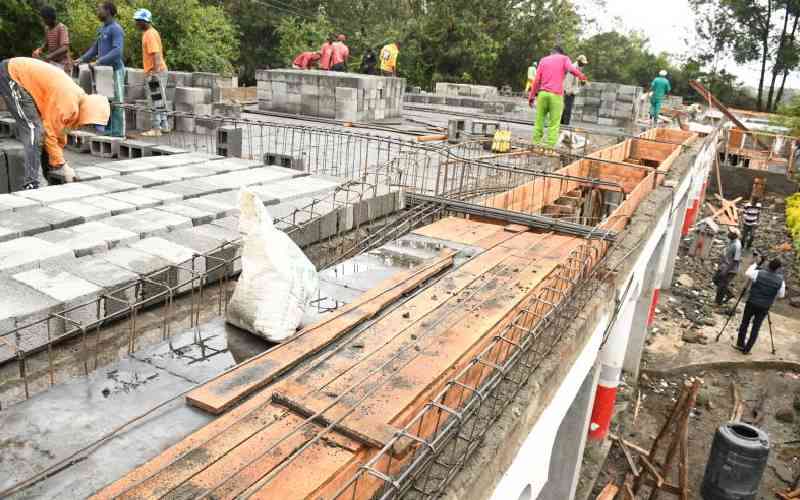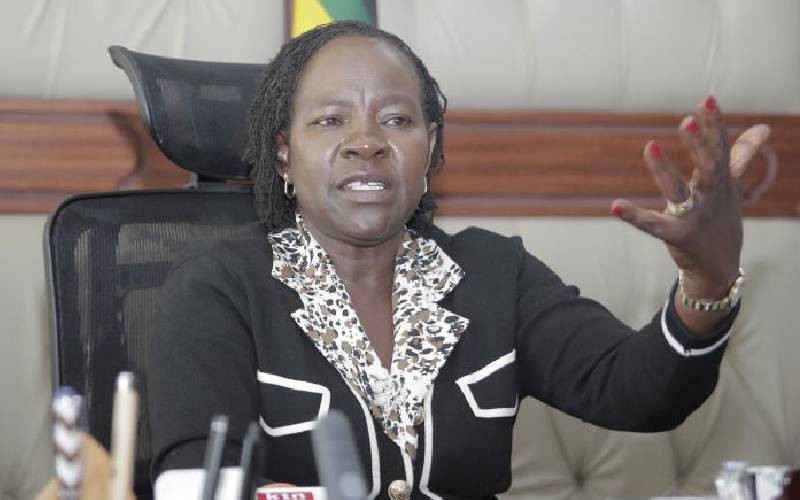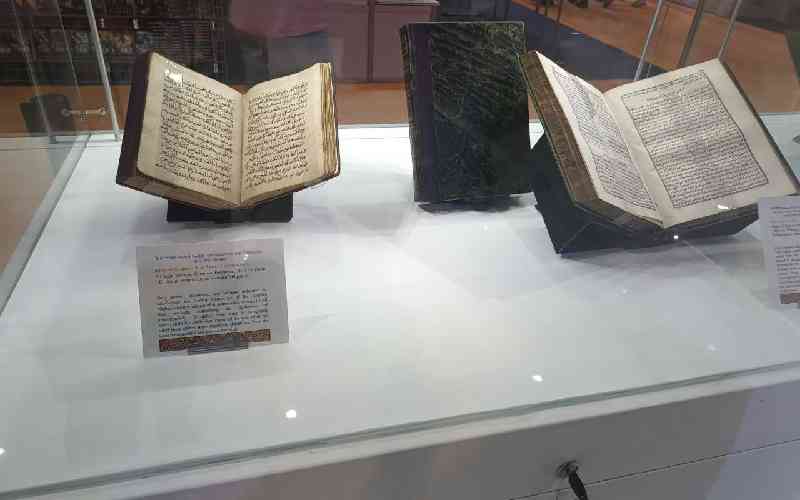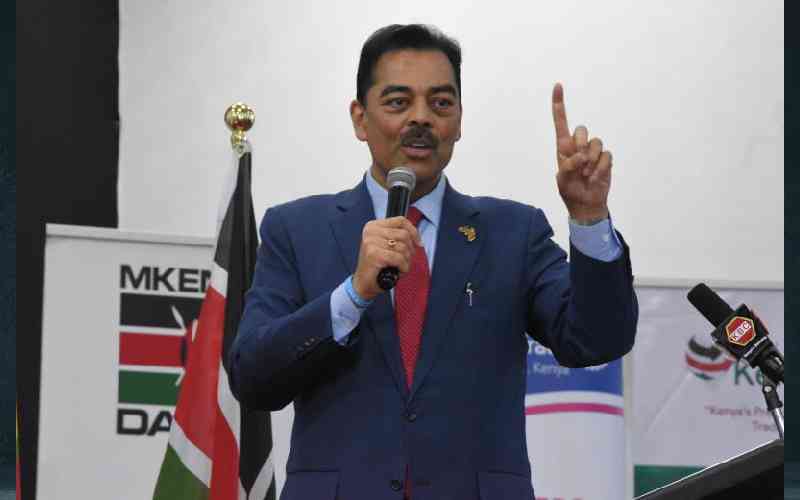By DAVID OHITO
Parents and teachers are grappling with high costs of numerous textbooks required by the curriculum.
Today’s Standard Five pupil carries a bag full of books comparable to that of a Form Four student in the 1980s. Schools recommend up to four textbooks per subject even though only one is used throughout the year for assignments. The burden is loaded onto parents.
Worse, paper prices in the international market have shot up forcing publishers to raise book cover prices. Recently the Education ministry ruled that publishers could only increase textbook prices by 12 per cent.
Educationists and parents say the prohibitive costs will negate the UN Millennium Development Goal of attaining universal primary education by 2015.
Right now the picture does not look good. The child to book ratio varies per school. In some schools the ratio stands at 4:1 while in others it is 2:1. In some cases inherited textbooks are in tatters or defaced compromising learning.
The average cost of a primary school textbook is about Sh220 for lower primary, Sh280 for upper primary and between Sh350-400 for secondary school.
For example, a primary school in North Ugenya, Siaya County, with 394 students received two Free Primary Education funds disbursement last year. In the first payout Sh325,000, (Sh824 per child) was allocated to textbooks, reference books, pencils, pens and rubbers and in the second disbursement, Sh50,000 (Sh380 per child) was given out for the same.
Zero-rate taxes
The high-energy costs during production also affect book prices. Publishers and policy analysts now want the Government to zero-rate taxes related to production of textbooks.
Mr David Muita, the managing director of Moran Publishers Limited (formerly Macmillan Kenya) says books are an important part of learning.
Muita is championing calls for zero-rating taxes of paper used for producing textbooks and related inputs to make books affordable.
He says the Education ministry issued a caveat capping price increases of books at 12 per cent while paper costs had risen in the world market by 20-35 per cent throwing publishers into a dilemma. Usually the ministry issues the Orange Book, which prescribes prices.
Kenya Publishers Association (KPA) chair Nancy Karimi says the Ministry of Finance should re-introduce the scheme through which tax concession and rebates are given for paper imported for production of books.
She says the ministry withdrew the programme after publishers abused it.
Stay informed. Subscribe to our newsletter
"We negotiated with the Ministry of Education and agreed that publishers will not exceed 12 per cent increase per book," Karimi says.
Some publishers are, however, concerned about profit margins and are suggesting that the Government should commit more funds for books and reduce the student to book ratio in all schools to 1:1 so that publishers can sell more volumes to break even.
Oxford University Press Sales and Marketing Manager James Ogolla says most local publishers rely on commercial printers. "The commercial printers pay up to 25 per cent duty on imported paper bought locally while if they import directly, it is duty and VAT exempted, but cost of freight are not cheap either," he says.
Prof Inonda Mwanje of the Africa Public Policy Institute says Kenya must borrow a leaf from the Asian Tigers and India on how to print books cheaply.
Electronic books
The country must explore using recycled paper and available biomass to produce low end paper for affordable books, he says. "It is time for publishers embraced technology and went for electronic books. In urban schools with access to electricity why restrict learners to physical books? Mwanje poses.
"It is time for publishers to think against publishing books that last ten years instead of going for the low end," says Mwanje.
The country, he says, has a lot of recycled paper and alternative sources of cheap paper from biomass products that can be harnessed.
Mwanje proposes public-private partnerships to curb price increases.
"The Government must be proactive in providing cheap paper for production of books and engage deliberate policies for affording learning materials," he says.
The Pan Paper Mills, which was the sole producer of paper collapsed and the country has limited supply of trees, which are used to produce paper.
 The Standard Group Plc is a
multi-media organization with investments in media platforms spanning newspaper
print operations, television, radio broadcasting, digital and online services. The
Standard Group is recognized as a leading multi-media house in Kenya with a key
influence in matters of national and international interest.
The Standard Group Plc is a
multi-media organization with investments in media platforms spanning newspaper
print operations, television, radio broadcasting, digital and online services. The
Standard Group is recognized as a leading multi-media house in Kenya with a key
influence in matters of national and international interest.
 The Standard Group Plc is a
multi-media organization with investments in media platforms spanning newspaper
print operations, television, radio broadcasting, digital and online services. The
Standard Group is recognized as a leading multi-media house in Kenya with a key
influence in matters of national and international interest.
The Standard Group Plc is a
multi-media organization with investments in media platforms spanning newspaper
print operations, television, radio broadcasting, digital and online services. The
Standard Group is recognized as a leading multi-media house in Kenya with a key
influence in matters of national and international interest.








